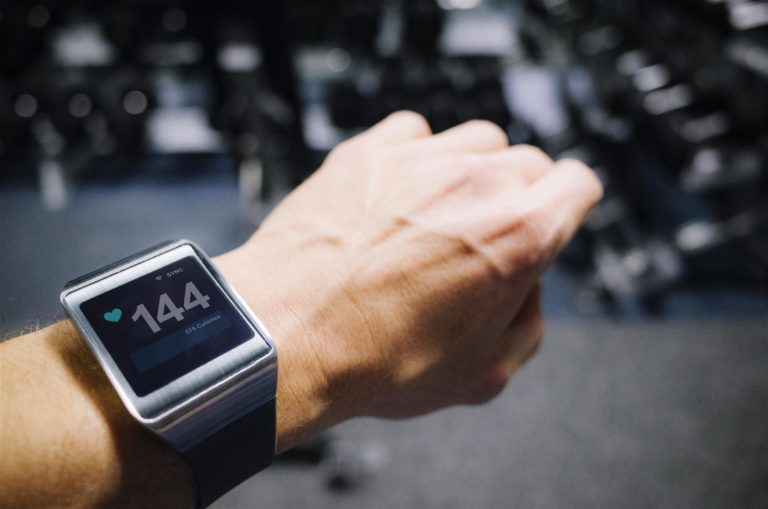By Breanna Banford, Social Marketing Specialist, Xerox Enterprise Business Group

First of all, what is Augmented Reality? Augmented reality (AR) is a live, direct or indirect, view of a physical, real-world environment whose elements are augmented by computer-generated sensory input such as sound, video, graphics or GPS data. It’s an extension of Virtual Reality. It “adds graphics, sounds, haptic feedback and smell to the natural world as it exists.” (How Stuff Works)
During the Xerox Rochester International Jazz Festival at the end of June, we decided to boost the festival experience by incorporating Augmented Reality as part of a physical scavenger hunt.
 Jazz Fest attendees can follow clues to collect badges featuring 10 specific types of jazz, ranging from bebop and modern to soul and acid. Once they complete the collection, they stop into the Xerox House of Grooves to fill out a card to enter a drawing for cool prizes.
Jazz Fest attendees can follow clues to collect badges featuring 10 specific types of jazz, ranging from bebop and modern to soul and acid. Once they complete the collection, they stop into the Xerox House of Grooves to fill out a card to enter a drawing for cool prizes.
The experience didn’t stop there… Xerox also developed a free smartphone app for the tech-savvy music lover. Dubbed JazzFinder, it uses augmented reality to bring the Find Your Jazz game badges and posters to life. An overview of the genre, a full lineup of festival artists, concert times and more emerge from the printed artwork on your smartphone to enhance the festival experience. It’s just one way to take your smartphone and physical experience to the next level.
Personally, I loved the app and it was easy to scan the posters that were up all over the festival site. Once I found the types of jazz I wanted to listen to, I was able to easily locate the venue and preview some of the songs that fell into each of the 10 categories of jazz like fusion, swing and soul.
Clearly, this was a fun way to use augmented reality, but there are so many opportunities for practical applications in the real world. Since augmented reality intertwines the physical and digital world, how can it be used in other ways? Here are a few examples:
- Healthcare – doctors can use AR to better understand physical and internal injuries or better diagnose diseases.
- Tourism – use AR to build on learning and experiencing new cities by integrating restaurant reviews, historical information about the local sites and better navigate through an unknown location.
- Right now, you can download, Layar, an app for your smartphone that shows information about restaurants or other sites in the area, overlaying it on the phone’s screen.
How soon will we see this used in other ways – like digital integration with a physical newspaper? Will we only need a pair of glasses or “smart” content lenses to add this “digital sixth sense.” How do you see this technology as part of our future?


